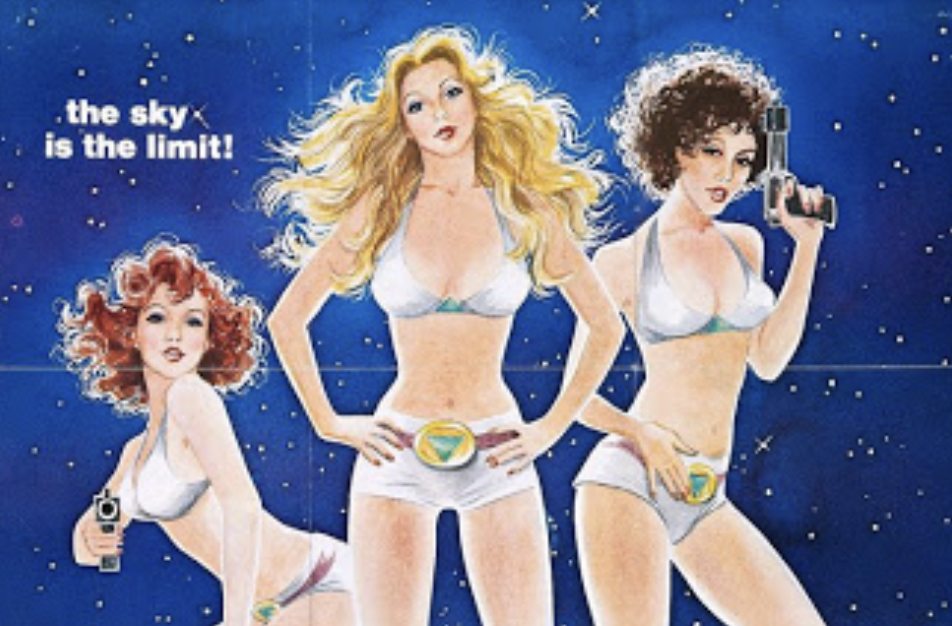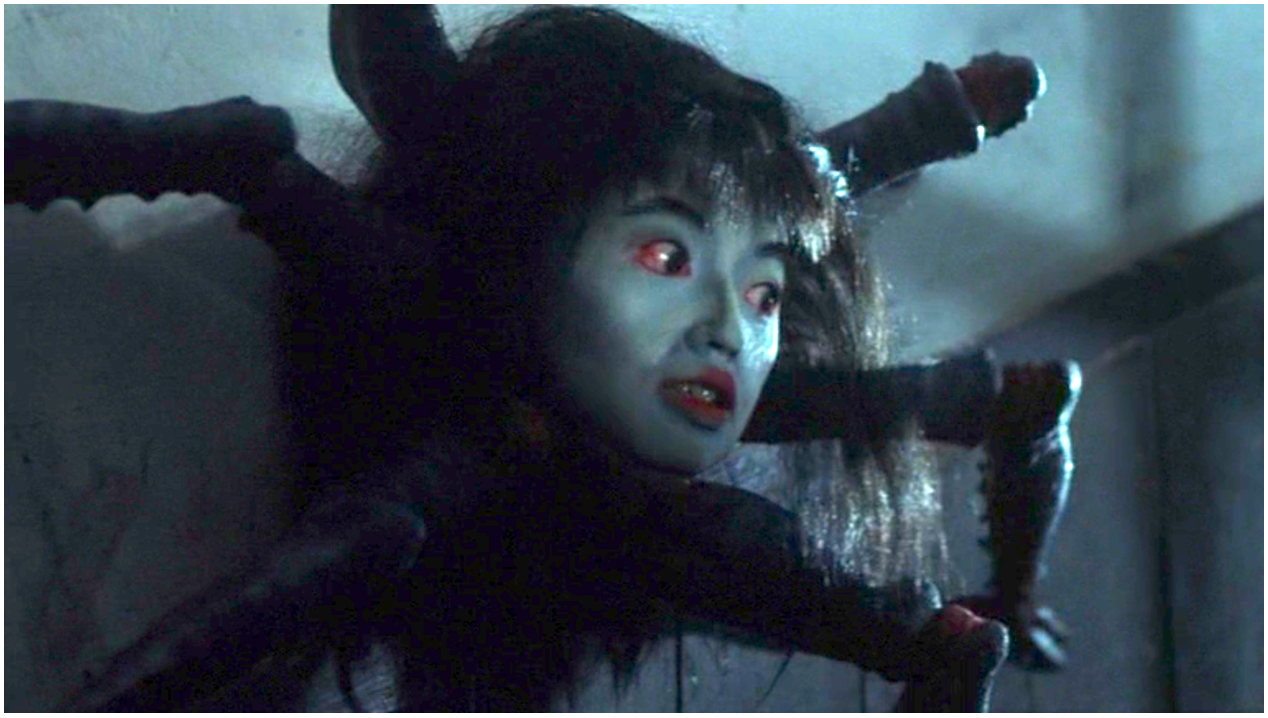
Spirits Of The Air, Gremlins Of The Clouds was written, directed, and produced in 1989 by Alex Proyas. It was shot in a desert in New South Wales, Australia, on a budget of $500,000. This was Proyas’ first film out of film school. He would later go on to be swallowed up by the Hollywood money machine, where he made popcorn fodder like I, Robot with Will Smith, and Gods of Egypt with Chadwick Boseman. Proyas is probably best known for directing The Crow. I will never see what the legion of devoted fans see in The Crow, but Spirits Of The Air, Gremlins Of The Clouds is far more interesting.
Spirits Of The Air, Gremlins Of The Clouds AKA Spirits has that familiar awkward indie feel. The acting is clunky, and the pace is on the slow side, but once you adjust to the world Proyas creates, it is completely compelling. It hovers in a liminal space between absurd and poetic, where the characters teeter between clownish oddities and menacingly unhinged survivors.
The story is simple and feels like a fairy tale or an allegory. The bulk of the film is shot in and around a ramshackle house in the middle of a flat, seemingly endless plane of orange dirt. The house is inhabited by a young man in a wheelchair named Felix, and his young sister named Betty. They are visited by a mysterious stranger named Smith. The structure of the story and the setting lend the film the feel of an American western, but it is tempered by the desolation of a post-apocalyptic world.
Both Felix and Betty seem to have a tenuous hold on reality. Betty dresses up every day in elaborate makeup and costumes and wanders around a bit like a dreamy punker/southern belle who often gets lost in her mind while she stares out into the empty landscape.
Brother Felix is a clumsy, frantic mess obsessed with flying machines. He dreams of one day flying away to find a better home.
Smith is a dark, stoic stranger who simply appears on the horizon one day. He walks into their lives from nowhere. Betty is immediately suspicious and frightened of him. Felix, on the other hand, latches onto Smith in hopes of getting some help building and testing his never-ending array of flying machines.

Together, Felix and Betty remind me of the nameless widow in Hiroshi Teshigahara’s Woman In The Dunes(a personal favorite). Betty and Felix’s illusions and desperation are a trap ready to capture anyone who might stumble across the unstable duo.
Like in Woman In The Dunes, the physical environment is a crucial part of Spirits. The carefully composed shots are arresting and beautiful. Profoundly foreshortened, or strangely minimal, Proyas and David Knaus, the cinematographer, create a bizarre sense of scale, that presents the characters as tiny actors on an infinite Brechtian stage, made helpless by their size.

The three of them play out an almost plotless narrative where Felix and Smith repeatedly try and fail to make a flying machine, and Betty just gets angrier by the day. There is however one element that pressurizes the whole situation. Every so often, the camera cuts to three silhouetted strangers walking through the desert. It is clear that they are coming for Smith. It’s like the monstrous boars in Beasts Of The Southern Wild, or the motorcycling maniac, Leonard Smalls, in Raising Arizona. They are all personifications of fate and doom hurtling inexorably toward the hero.

Underlying all this is an atmospheric music track. There’s no percussion, and hardly any melody, just sustained tonal phrases that add to the expansive feeling of loneliness. Smith, Felix, and Betty are trapped. Felix is a dreamer, Smith is a pragmatist, and Betty is withdrawn and anxious. The question is whether any of them can escape.
Spirits got mixed reviews upon release. Mostly, people were frustrated by its slow pace, which is understandable, but the pacing adds to the film’s sense of futility. This film is not about progress or growth. In fact, it questions whether such things are even possible. As a hero’s journey, it doesn’t ask whether the hero will make it back home, but whether he will ever leave.

If you enjoyed this article you might also enjoy this - https://filmofileshideout.com/archives/rania-attieh-and-daniel-garcias-darkly-atmospheric-h/



